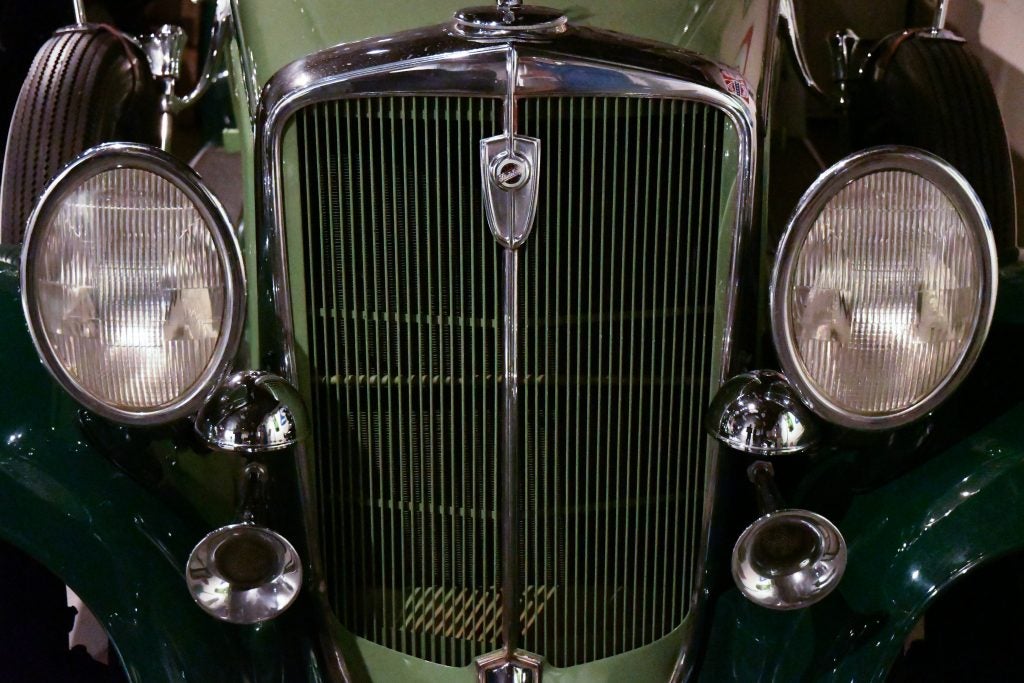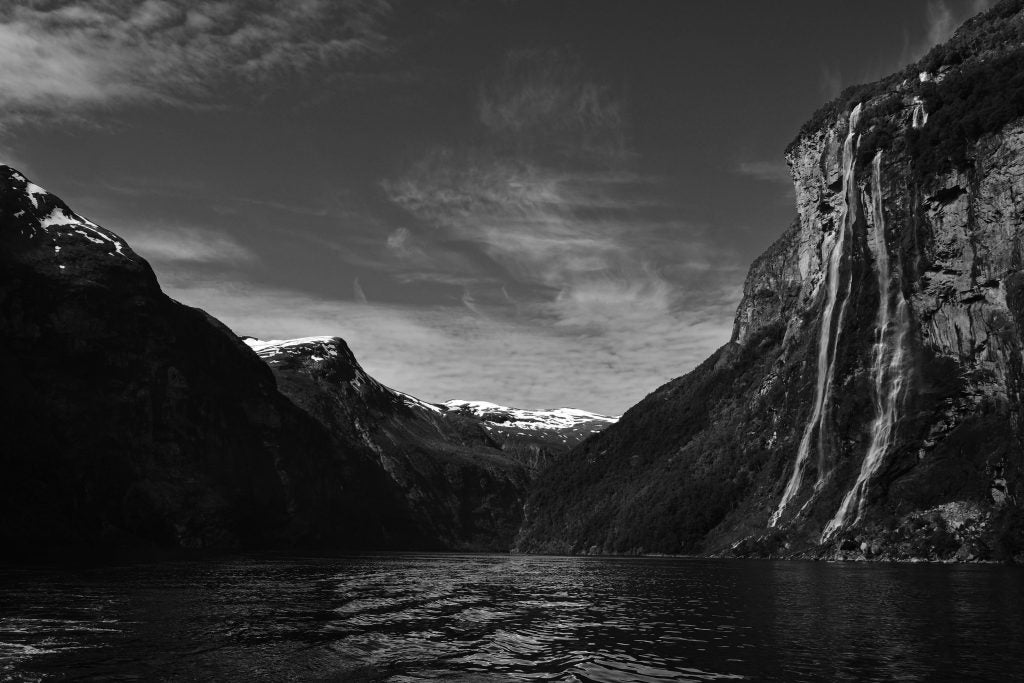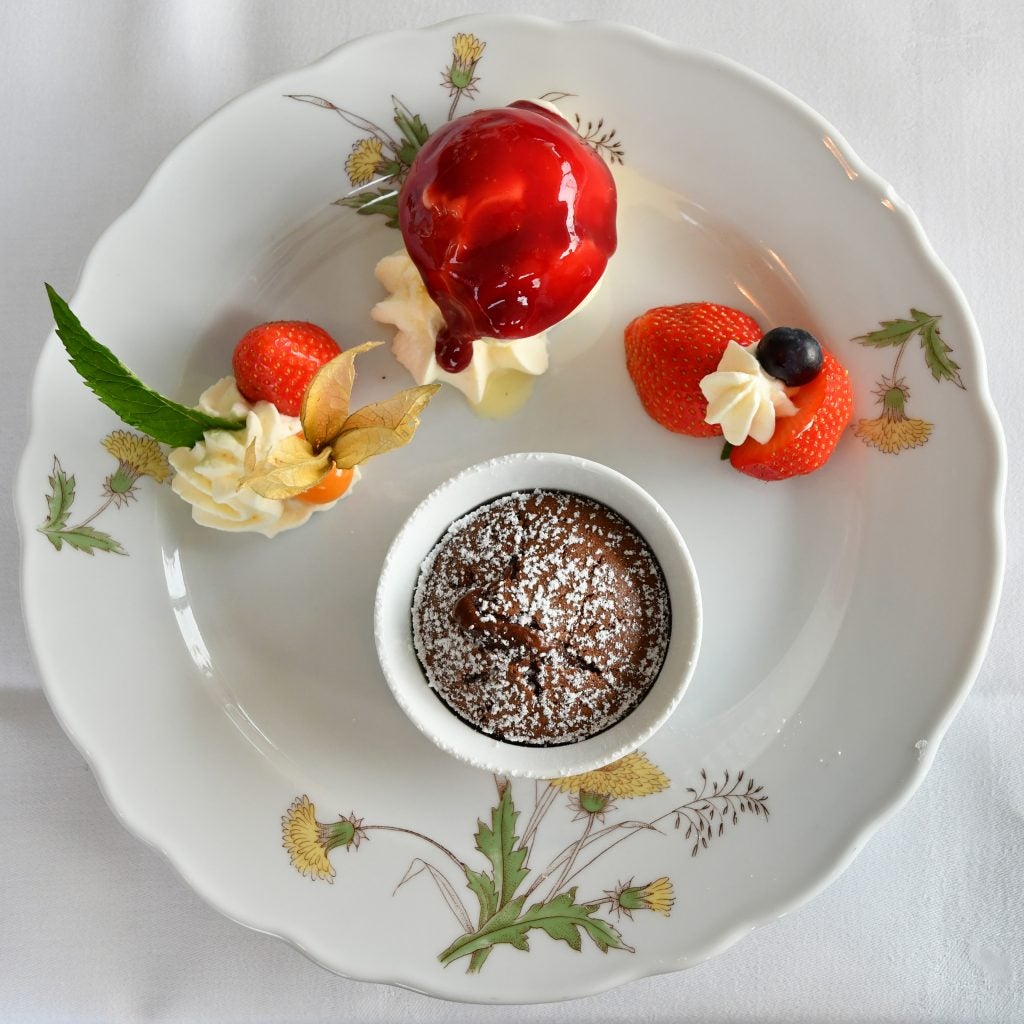Nikon D7500 Review - Nikon D7500 – Performance, Image Quality and Verdict Review
Nikon D7500 – Performance, Image Quality and Verdict
Nikon D7500 – Performance In general use, the D7500 is an impressively accomplished performer, more than capable of handling almost any photographic situation you might present it with. Having shot well over a thousand images with the camera across a wide variety of situations, I rarely found it wanting. Nikon’s punchy colour rendition did a […]
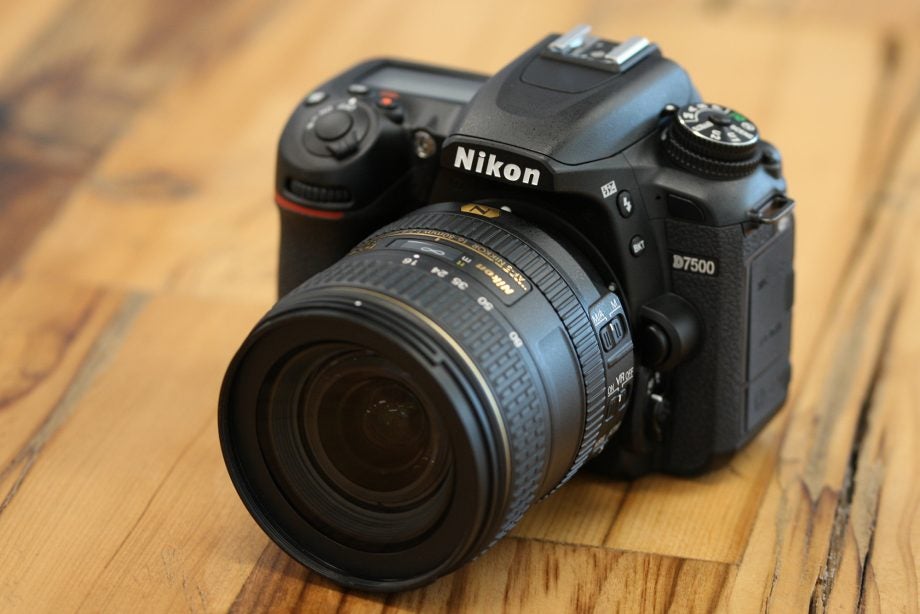
Sections
- Page 1 Nikon D7500 Review
- Page 2 Nikon D7500 – Viewfinder, autofocus and video Review
- Page 3 Nikon D7500 – Performance, Image Quality and Verdict Review
Nikon D7500 – Performance
In general use, the D7500 is an impressively accomplished performer, more than capable of handling almost any photographic situation you might present it with. Having shot well over a thousand images with the camera across a wide variety of situations, I rarely found it wanting.
Image quality is very good indeed, with the 20.9-megapixel sensor delivering detailed images at low ISO settings and keeping noise under control up to about ISO 6400; it produced usable files even at settings as high as ISO 51,200. Nikon’s matrix metering does a decent job generally. If anything, it veers on the side of underexposure to protect highlights, which is far more desirable than irrevocably clipping bright highlights.
JPEG colour rendition is by default bright and punchy, even at high ISO settings where colours might start to fade on other cameras. If you want to pep things up further, then Vivid and Landscape Picture Controls are available, while the Neutral and Portrait settings give more subtle renditions.
Nikon also offers a huge amount of control over the image processing settings, so it should be possible to tweak colour output to match your taste. However, I did find the auto white balance to be a little erratic, with a clear habit of erring too much towards the cool side on bright, sunny blue-sky days, which makes images look a bit sterile.
In such cases it’s easy enough to switch to a preset, of course. If you’re shooting raw then you can also re-process in-camera with a better white balance setting. Alternatively, most mobile imaging apps will let you quickly warm up the image too. In most cases, only a slight tweak is needed to give a more attractive result.
Nikon D7500 – Image Quality
Nikon has used the same 20.9-megapixel DX format sensor as in last year’s D500, and it delivers similarly impressive image quality in the D7500. It’s slightly lower resolution than the 24-megapixel sensors in Nikon’s cheaper DX DSLRs, but this has little practical impact unless you print larger than A3 (16 x 11in).
In return its high-ISO performance is very good indeed, despite the fact that the extended settings beyond ISO 51,200 are hugely over-optimistic. As usual, you’ll get the best possible results in terms of fine detail and noise control by carefully processing raw files.
Nikon D7500 – Resolution
In JPEG, the D7500 delivers 3200 lines per picture height (l/ph) in our resolution chart tests. Using carefully processed raw files you’ll achieve rather better results, of around 3600 l/ph. Noise progressively reduces resolution as the sensitivity setting is increased, and by the time we reach ISO 1600, it’s down to around 3200 l/ph in raw.
Move up the scale to ISO 12,800 and the D7500 still registers 3,200 l/ph, but beyond this things deteriorate rapidly. The extended ISOs show very low resolution due to extremely high noise, with any detail on our resolution chart barely discernible by ISO 819,200.
Multiply the numbers on the crops below by 200 for the resolution in l/ph
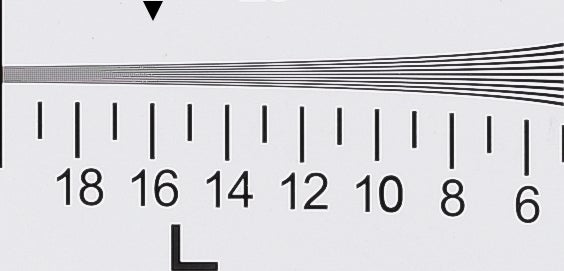
Nikon D7500 resolution: JPEG, ISO 50
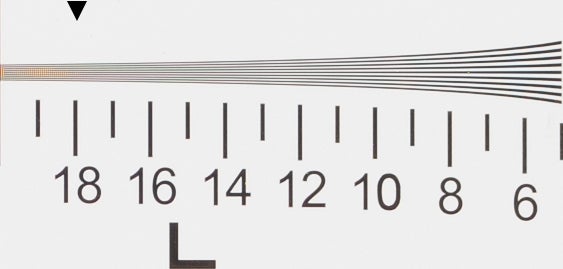
Nikon D7500 resolution: raw, ISO 50
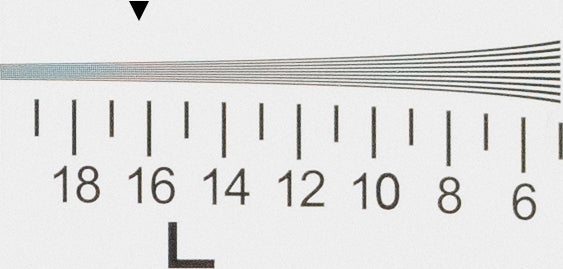
Nikon D7500 resolution: raw, ISO 1600
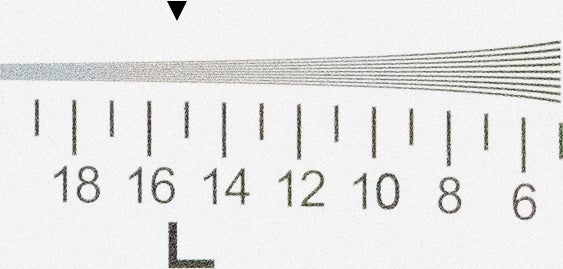
Nikon D7500 resolution: raw, ISO 12,800
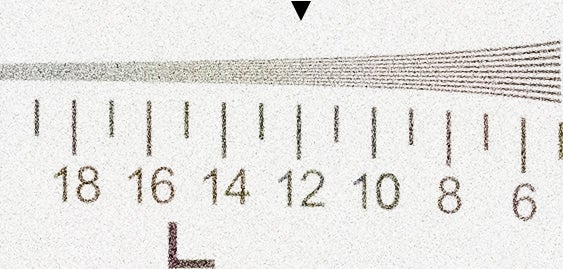
Nikon D7500 resolution: raw, ISO 51,200
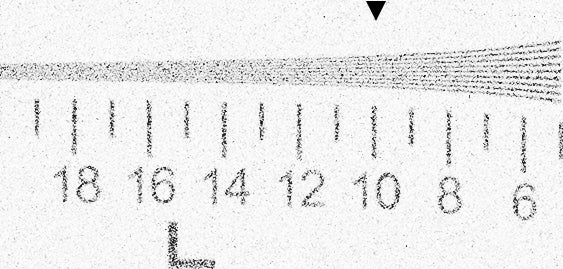
Nikon D7500 resolution: raw, ISO 204,800
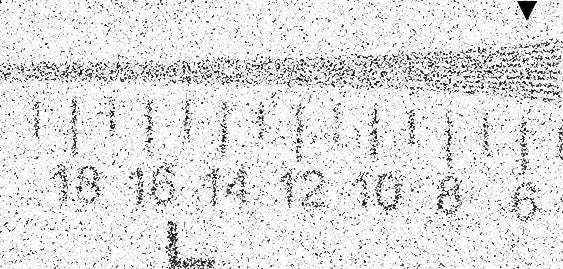
Nikon D7500 resolution: raw, ISO 819,200
Nikon D7500 – Dynamic Range
When it comes to dynamic range, the D7500 scores very well in our Image Engineering tests. At ISO 50, we measure over 13EV dynamic range, indicating massive leeway for recovering additional details from raw files – especially in shadow regions. This drops off progressively as the ISO is raised, but values of 8.2EV at ISO 3200 and 6EV at ISO 51,200 still represent a strong showing. However, the precipitous decline in the extended settings again indicates why these have little practical use.
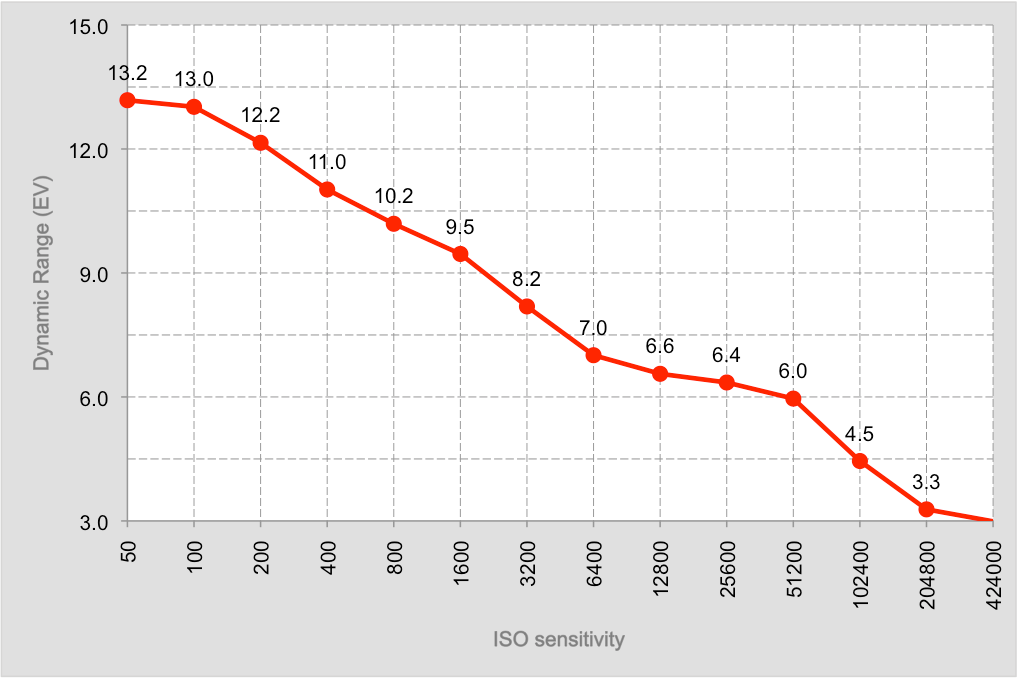
Nikon D7500 dynamic range
Nikon D7500 – ISO and Noise
At low ISOs the D7500’s image quality is superb; fine detail is rendered with impressive sharpness and there’s no visible noise. At ISO 800, noise starts to have an impact on image quality, with low-contrast textures starting to blur and shadows losing detail. ISO 1600 is still eminently usable, but by the time we hit ISO 6400 fine detail and colour saturation are visibly suffering.
Image quality progressively degrades at higher ISOs, and by ISO 51,200 colour rendition has become very broad-brush – although the image is still recognisable. The first extended sensitivity of ISO 102,400 is still just about okay, but at higher settings it’s increasingly difficult to see the point as the image disappears under an ocean of noise, acquiring a distinct magenta hue at the top two extended ISOs.
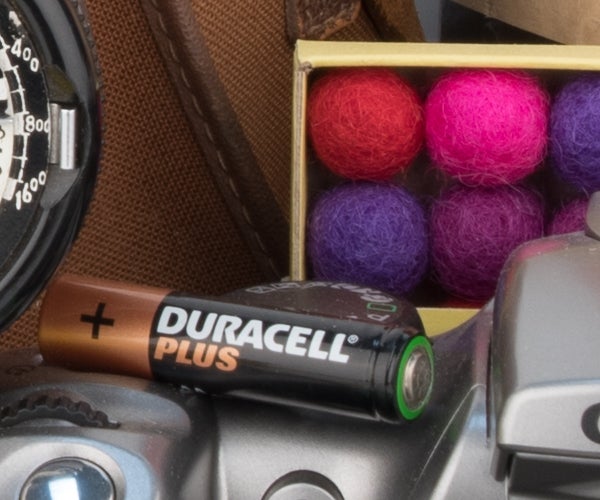
Nikon D7500: raw, ISO 50
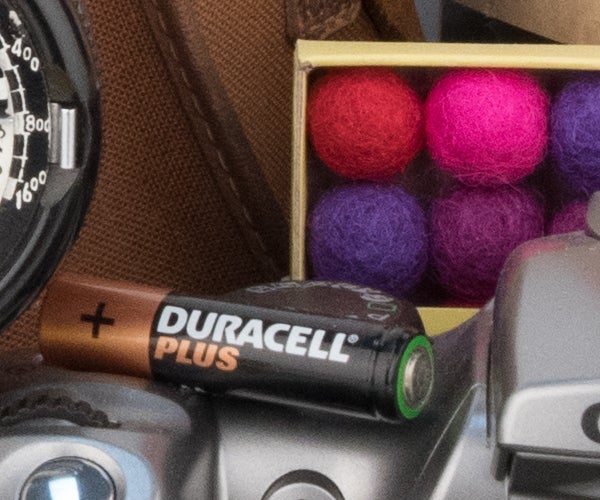
Nikon D7500: raw, ISO 800
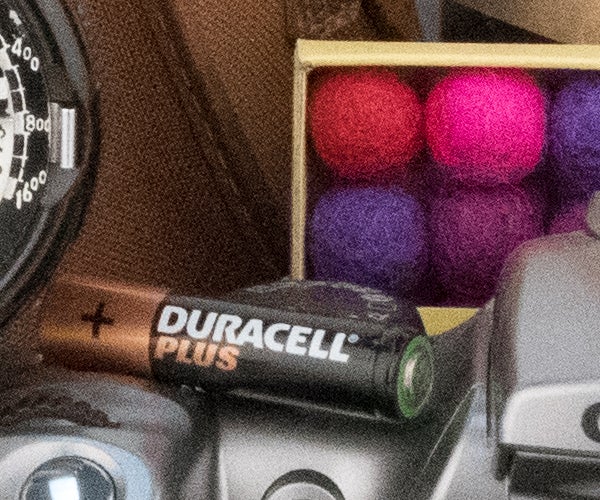
Nikon D7500: raw, ISO 6400
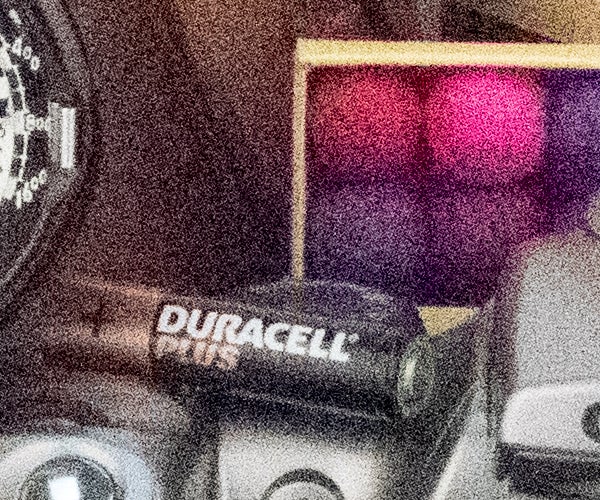
Nikon D7500: raw, ISO 51,200
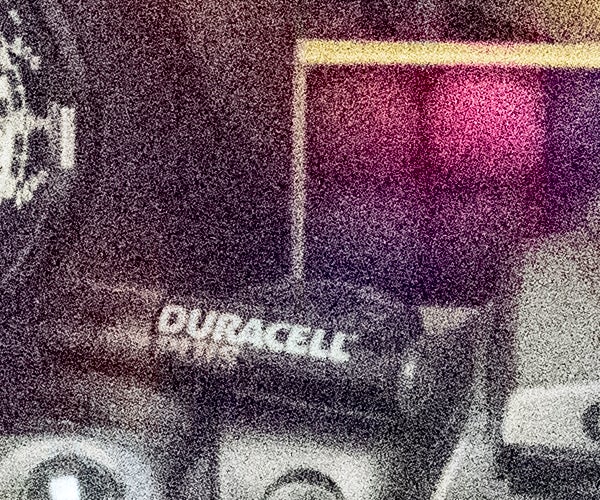
Nikon D7500: raw, ISO 102,400
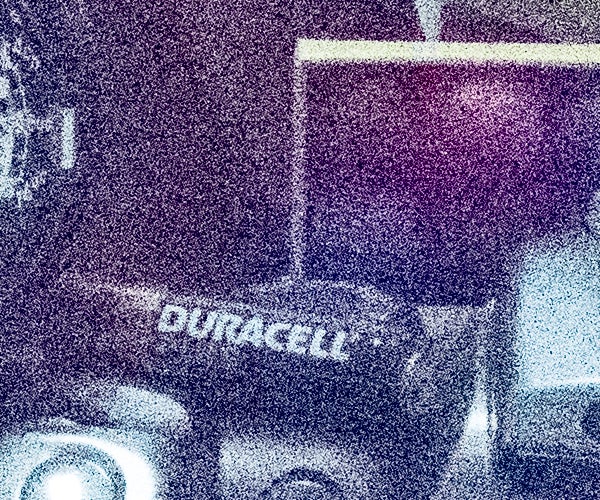
Nikon D7500: raw, ISO 204,800
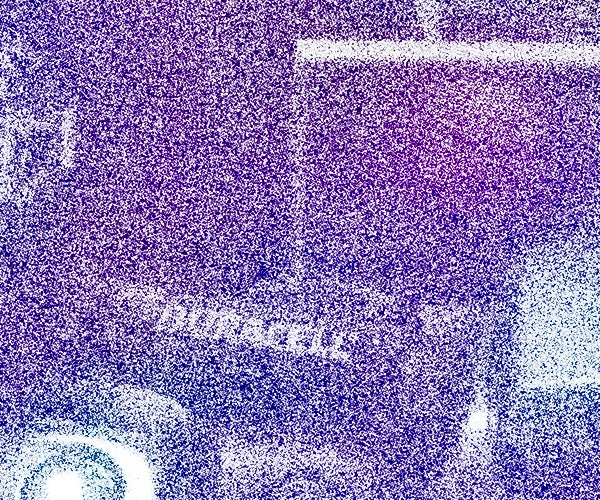
Nikon D7500: raw, ISO 819,200
Should I buy the Nikon D7500?
With the D7500, Nikon has made an extremely capable DSLR that will, I’m sure, satisfy the needs of a lot of serious enthusiast photographers.
The conundrum for prospective buyers, though, is whether it’s good enough to command a significant premium over its predecessor, the highly-regarded D7200. As Nikon’s former DX flagship, this includes features that have been left out of the D7500 – most notably, dual-card slots and a magnesium alloy body shell, alongside a slightly higher 24-megapixel resolution.
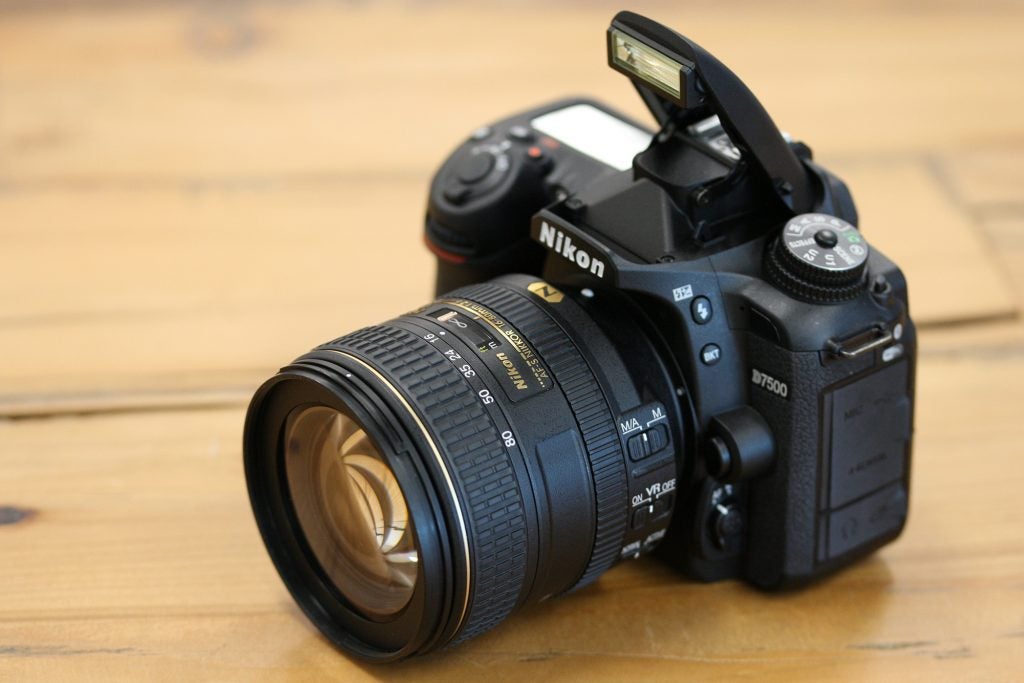
The D7500 is fine camera, but looks overpriced compared next to the D7200
This is compounded by the fact that many of the D7500’s updates turn out to offer relatively minor benefits over its predecessor in practice. For example, it’s great to have a tilting screen, but the camera’s relatively slow Live View autofocus meant I rarely used it. The £1300 launch price also looks high, especially when compared to its closest competitor, the £1000 Canon EOS 80D.
Verdict
The D7500 is a solid all-rounder, and a great upgrade for D5000-series owners – but right now, the D7200 simply offers much better value for money.


